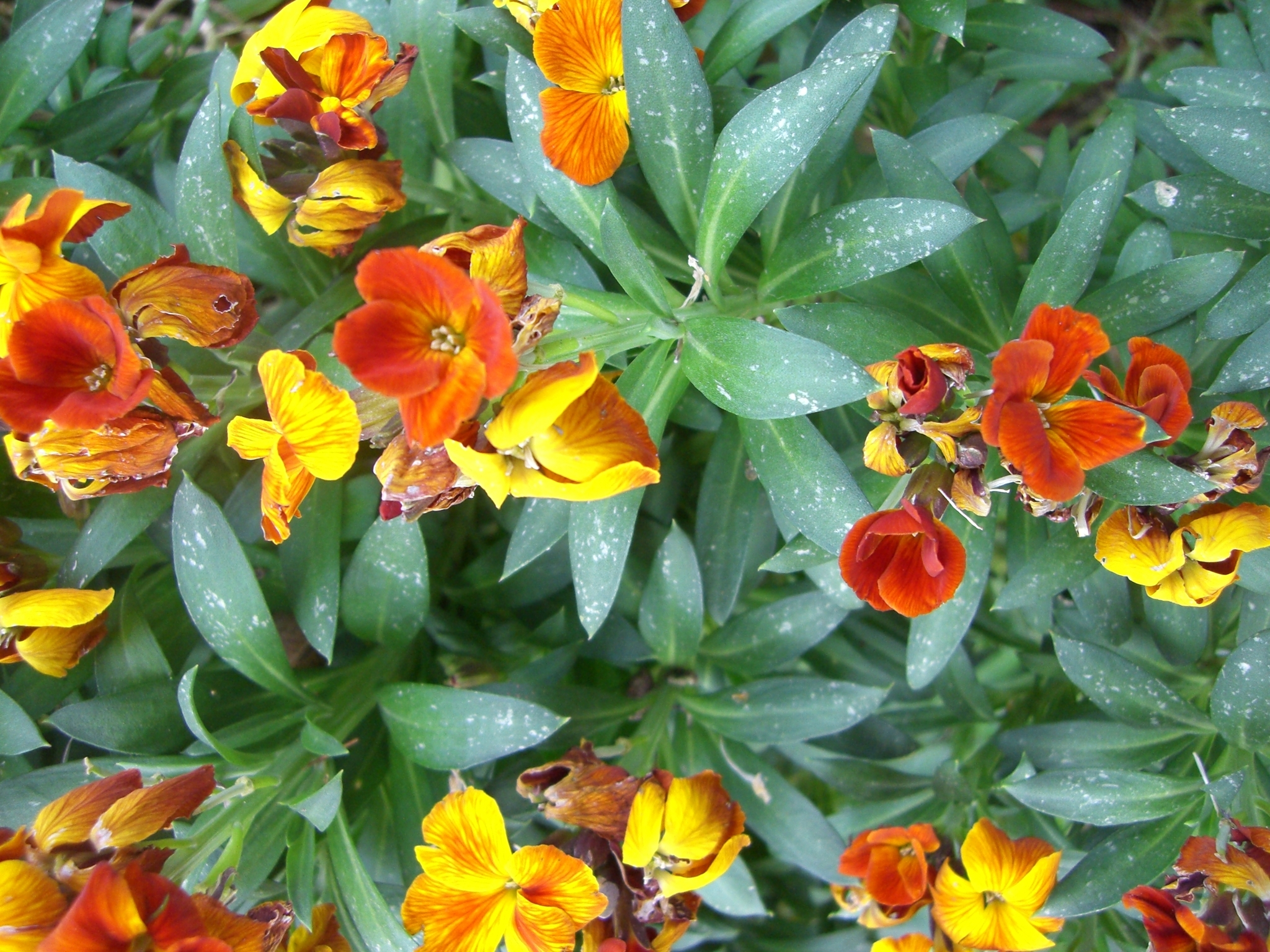
Greek eryo—to draw out, referring to the property of some species to induce blisters.
Perennial sometimes woody herbs with branched hairs. Leaves more or less narrowly elliptic. Flowers mostly yellow, orange to brown, sometimes purple; inner sepals with a sac at the base, petals with long elongated bases. Stamens 6 (4 long, 2 short). Fruit a long siliqua with the valves having a distict median vein; seeds in 1 row in each ovary chamber.
The genus Cheiranthus familiar through the wallflower traditionally listed as C. cheiri is now included in Erysimum in the absence of satisfactory characters delimiting the genera.
Some species are weedy.
At least a few of the hairs medifixed (a lens needed, the hairs are also closely pressed to the surface); inner pair of sepals with sacs at the base, outer pair often with a projection near the tip. Style mostly long with short, spreading lobes. Matthiola has mostly erect or horn-like stigma lobes.
About 80 species from Macaronesia to the Himalaya.
Snogerup (1967).
Key to be used as a guide only.
Source: (1997). Brassicaceae. In: . Horticultural Flora of South-eastern Australia. Volume 2. Flowering plants. Dicotyledons. Part 1. The identification of garden and cultivated plants. University of New South Wales Press.
